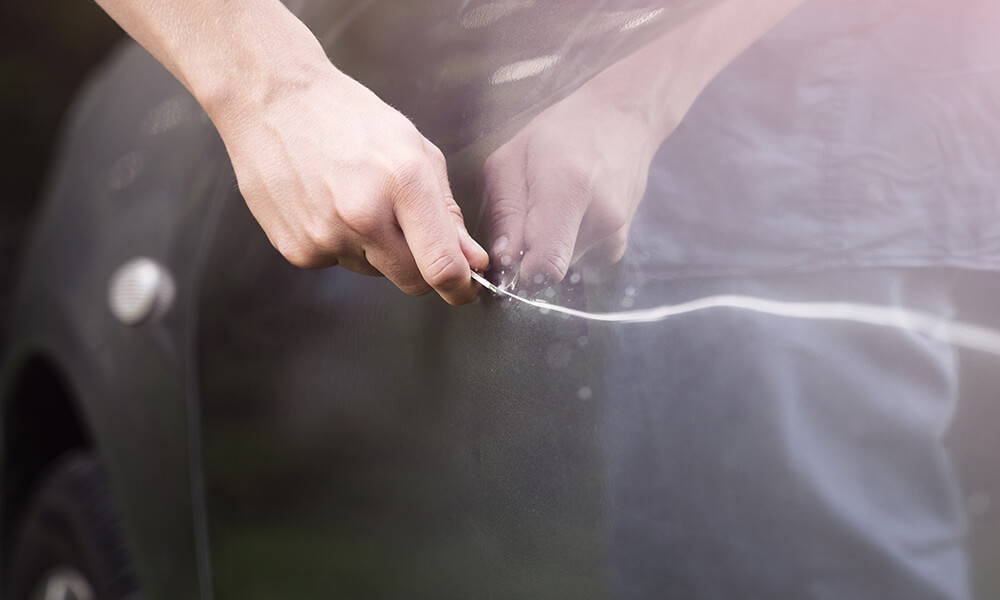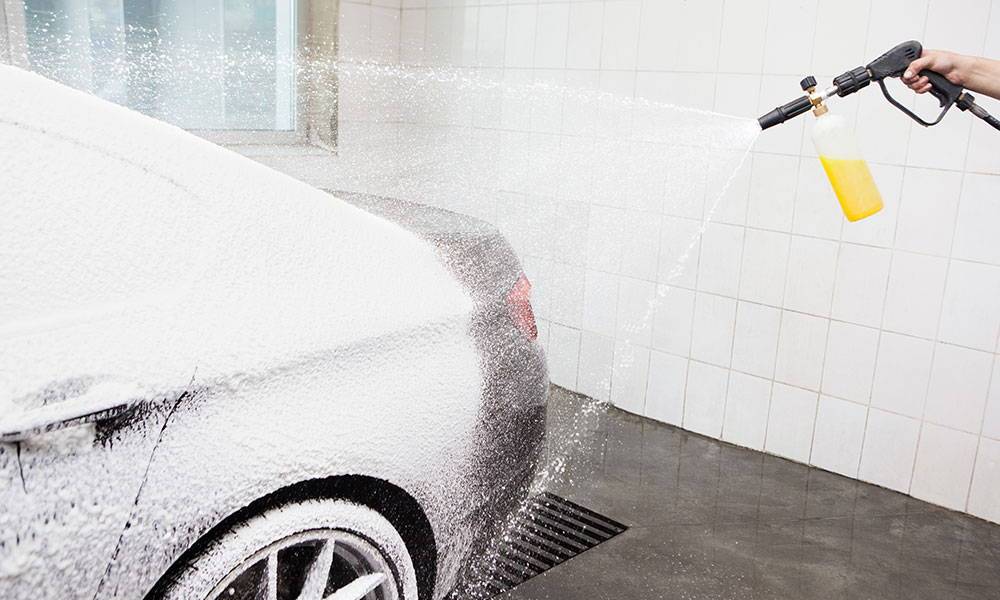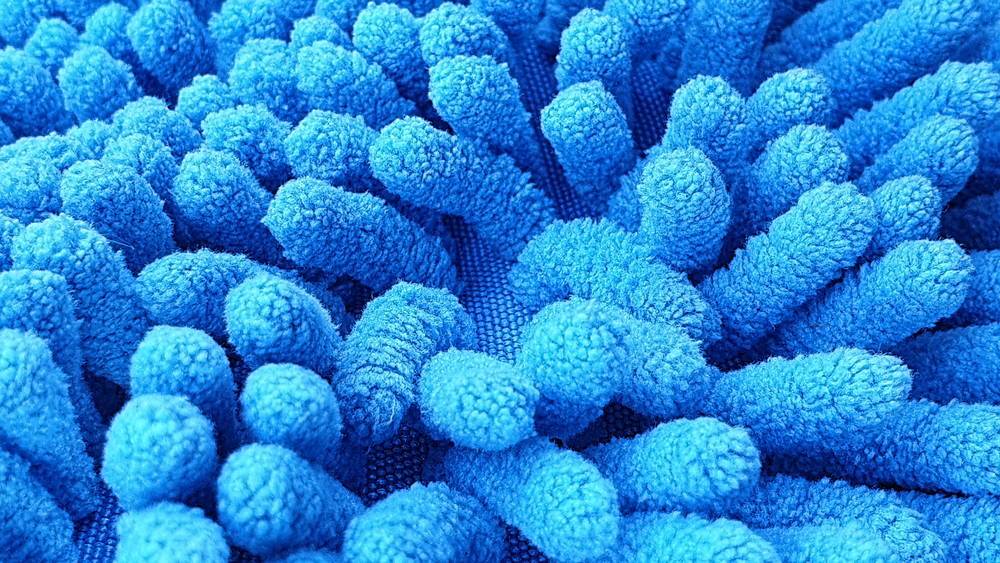In recent years, car keying has become a common occurrence in America and other parts of the world. Regardless of why it is done, it is always very upsetting. The damage caused by car keying can cost hundreds, even thousands of dollars to repair, and most people don’t have that kind of money available when the damage is done.
If or when you become a victim of car keying, it is important to know the recommended ways to fix such damage. Let’s discuss some of them.
Reverse is the newest car detailing product that easily removes scratches and swirls by hand. This car scratch remover and car paint scratch repair compound will bring your paint back to new. It's also a water spot remover and swirl remover. Make paint correction easy with this all in one formula.
Why/How Do Cars Get Keyed? (The Psychology of The Hater)
More often than not, car keying is a deliberate act of aggression towards someone else, and the aggressors often think they won’t be found out. Here are some reasons why cars get keyed.
Jealously
It is sad but true that jealousy is one of the key causes of car keying. People who are jealous of the others can resort to frustrating, discouraging, or vexing them, and car keying is just one of the avenues used to do so. It may be a neighbor who doesn’t like how things work out for you, or even a co-worker who feels you’re stealing the boss’ attention.
By accident
It is possible for people to key a car by mistake. Most such occurrences happen when people are moving around cars in tight, busy, or crowded areas. People with keys or sharp-edged objects in their hands in such situations may accidentally key car surfaces when they lose their balance or when they get pushed against cars. This is why it is important to park your car in designated parking areas that provide ample space between each car.
Foolishness/Drunkenness
As we all know, drunkenness takes away a person's inhibitions, so a person who secretly desires to be mischievous can end up doing many foolish acts while drunk. Also, drunkenness can give people courage to settle scores by keying cars.
Vandalism
There are people who get a kick out of vandalizing the properties of others, sadly. For such people, it’s not personal; they don’t have to know you or have a problem with you. When they see an opportunity to key a car or do other acts of vandalism like slashing tires, smashing side mirrors, or spraying graffiti, they just go for it.
Feud
Most cases of car keying result from feuds. Conflicts and disagreements with neighbors, workmates, other drivers on the road, or even relatives can result in planned acts of car vandalism like car keying. The car keying can be an act of revenge or intimidation.
Does Car Insurance Cover a Keyed Vehicle? Making a Claim
Car keying is considered as vandalism in many US states, and many comprehensive car insurance options cover vandalism. Therefore, unless the car insurance policy specifies otherwise, it should cover a keyed vehicle.
When making a claim for your keyed car, you need to first get a police report because the insurance company is going to ask for one. Take photos of the damage before you move the car from the scene of the crime. The police will take their own, but it is important to have your own set of photos that show all the damage. Once you get the police report, get in touch with your insurance agent to officially call in the claim. After that, get the insurance company’s claims adjuster to assess the damage. Ask if the insurance company has preferred body shops that it calls on in such cases of vandalism. If it doesn’t, get a reputable body shop that guarantees its work and connect it with the insurance company to get the repairs done. You’ll probably be asked to pay your deductible to the body shop. Superficial scratches caused by car keying may cost as little as $150 to repair; deeper scratches, however, may cost even up to $1,500.
Keyed car claims do not affect insurance rates as much as other bigger vandalism claims like car accidents. Therefore, whether or not your insurance rates will increase when you file a claim for a keyed car will largely depend on your claim history. If you had filed another claim to the insurance company within the last two years, then you are likely to see an increase in the rates.
Options To Fix Keyed Car (Removing Paint Scratches)
You can either take the car to a professional body shop or you can do the repair work yourself. Auto body shops have plenty of experience in repairing such damage, so with them you are assured of a flawless finish. However, it is also possible to do some great repair work on your own with the right products and techniques. Sometimes without even having to repaint!
For a complete guide, check out our ultimate guide to car scratches.
Taking your car to a professional / workshop / paint shop
It costs to have the repairs done at a professional auto body shop, so it is wise to have your insurance cover this. The methods professional body shops use to repair car keying scratches depend on the extent of the damage.
When repairing a light, clear coat scratch, the auto technicians at body shops may use rubbing compound to cover up the scratches.
When repairing scratches that have penetrated the clear coat and gotten to the paint, the technicians are likely to sand down the scratches to base coat level and then apply a fresh layer of clear coat. After the clear coat dries, they’ll sand the area again to further smoothen the surface and then apply a wax or polish.
When repairing scratches that expose the primer and the car’s metal surface, professional technicians go all the way with the repairs. They first clean and sand the entire body panel, apply primer, sand and clean the panel again, apply the base coat with the correct OEM paint code, and then apply a fresh layer of clear coat.
DIY Method 1.) Remove Scratches On Most Keyed Cars
Going the DIY way will save you money. One of the products you ought to try when doing DIY car scratch repair is Torque Detail’s Reverse. This is an all-in-one paint detailer that removes scratches, repairs swirls, and gets rid of water spots on your car’s surface.
Understanding layers of paint on a car
Most cars have three layers of paint. Understanding them will help you to choose the right paint scratch repair procedures to perform on your car.
Clear Coat
The outermost layer is called the clear coat. As its name suggests, the clear coat has no color. Its primary purpose is to protect the base coat from harmful UV rays and environmental damage.
Base Coat
Under the clear coat lies the base coat. Being the main constituent of a car’s paint, this layer provides the color of the paint.
Primer
Under the base coat is the primer. The primer is sprayed onto the car’s metal surface to enable the base coat to bond evenly with the car’s surface. It is often in shades of grey or black.
Wash and dry the car
Before you repair the scratches on your car’s paint, you must first clean the scratched surface thoroughly to keep dirt and debris from causing additional scratches when you are doing your repairs. Torque Detail’s Decon Soap can help you to do this well. It is designed to decontaminate your vehicle’s surface, removing contaminants that ordinary car wash soap cannot remove, e.g. iron deposits and brake dust.
Using Torque Detail’s Decon Soap is easy. Use a high-quality wash mitt, rub the soap into the scratched surface of the car. Once you have removed all the dirt, wash it off with plenty of water.
After washing the scratched area, use a highly absorbent microfiber towel to dry it off.
Using Torque Detail Reverse
Torque Detail’s Reverse is great for light clear-coat scratches. After washing and drying off the scratched surface, spray Torque Detail’s Reverse liberally onto the area and then use a microfiber towel to rub the detailer into the scratches. After that, use another microfiber towel to buff off the excess detailer fluid.
DIY Method 2.) How To Remove Deep Keyed Car Scratches (Deep Scratch)
If the scratches have penetrated the clear coat, you can try to repair them using a touch-up paint pen. There are many touch-up paint pen options on Amazon.
First clean the scratched surface using a cleaner like Torque Detail’s Decon Soap. In addition to removing grease and dirt, Decon Soap also helps to remove previous sealants and waxes. You can also use Isopropyl Alcohol.
Most touch-up paint pens include an abrasive tip that you can use to remove loose bits of paint, debris, or rust from within the scratches. Try to push the abrasive tip through the scratches to remove any such things. After that, wipe off the dislodged bits of paint using a microfiber towel.
The next step is apply the touch-up paint. The touch-up paint pen will probably have two applicator options: a paint tip for small, narrow scratches and a brush for larger scratches. Use the applicator that best suits the scratches and apply the touch up paint over the scratches. Try to apply it evenly. After applying the touch up paint, wait 30 minutes for the paint to dry.
After that, you’ll need to smoothen out the painted surface. Take fine sandpaper (e.g. 2000-grit sandpaper), soak it in water and wet-sand the painted surface using circular motions. Be careful not to overdo the sanding because you could easily sand through the clear coat. Once you have sufficiently smoothened the surface, use a microfiber towel to wipe it clean.
The next step will be to apply a layer of clear coat. If the touch-up paint pen does not come with its own clear coat, you’ll have to purchase the clear coat separately. Apply it just as you applied the touch-up paint, carefully and evenly. Give it time to dry, and then wet-sand the painted surface again to smoothen the surface.
To cover up any remaining low spots in the scratched area, apply rubbing compound onto the surface and use a buffer to buff it at 1,800-1,900 rpm. Don’t place the buffer in one spot for too long; keep moving it up and down to get the rubbing compound into every low spot. You can repeat this process to ensure good results.
The final step is to apply polish onto the surface. Apply the polish onto the car’s surface, and then using a different buffing pad for the buffer, buff the surface at 1,800-1,900 rpm. When you are done, wipe off any excess polish with a microfiber towel.
Tips On How to Prevent Cars From Getting Keyed
Here are some of the things that you can do to prevent your car from getting keyed.
Parking perfectly center in the parking lines
Parking off center or double parking frustrates other motorists who may want to park in adjacent parking spaces. As a result, such motorists may retaliate by keying your wrongly parked car. When you park perfectly center, within designated parking lines, you leave ample space between your car and the cars parked on both sides, so you are unlikely to disagree with other motorists over parking habits when you do that.
Parking the car in secured areas with cameras
Car keying incidents are much fewer in secured areas with cameras because car keying perpetrators know they can easily get caught in such areas.
Parking the car in a visible area
Parking your car in an open and visible place will also discourage car keying again because car keying perpetrators fear getting caught.
Installing car alarm / dash cams
A car alarm may not prevent the car keying (because the car keying perpetrator may not know it is there), but it will help you to catch the perpetrator by alerting you and the people around of the incident. Dash cams will help you to know who the perpetrator(s) are.
Reverse is the newest car detailing product that easily removes scratches and swirls by hand. This car scratch remover and car paint scratch repair compound will bring your paint back to new. It's also a water spot remover and swirl remover. Make paint correction easy with this all in one formula.
Summary
Car keying is one of those things you can’t fully control. Someone can decide to key your car just because they don’t like you, so just be prepared for such an occurrence. As shown above, there are different ways to deal with a keyed car surface, so you can choose one that fits your budget. Also, be sure to confirm whether your auto insurance package covers such incidents.







